Let's talk Australian Shepherds
Believe it or not, the Australian Shepherd is an American original, despite being named for Down Under. Their solid sense of self and endless energy was discovered by cattle ranchers in the western U.S. after the dog was brought there by Basque settlers via Australia. There are no borders for this beloved breed. Agile and always up for work, the Australian Shepherd has an even-keeled temperament that makes them a fabulous addition to any personal or professional abode.
Official name: Australian Shepherd
Origins: United States of America
Tendencia a babear
{score 0 out of 5}Nivel de muda de pelo:
{score 0 out of 5}Nivel de energía
{score 0 out of 5}Compatibilidad con otras mascotas
{score 0 out of 5}¿Clima cálido?
{score 0 out of 5}Apto para vivir en departamento
{score 0 out of 5}¿Mascota familiar? *
{score 0 out of 5}Puede quedarse solo
{score 0 out of 5}
| Macho | Hembra |
|---|---|
| Altura | Altura |
| 51 - 58 | 46 - 53 |
| Peso | Peso |
| 20 - 25 | 20 - 25 |
| Adulto | |
|---|---|
| 1 to 7 years | |
| Madurez | Adulto mayor |
| 7 to 10 years | From 10 years |
| Bebé | Cachorro |
| Birth to 2 months | 2 to 12 months |
Tendencia a babear
{score 0 out of 5}Nivel de muda de pelo:
{score 0 out of 5}Nivel de energía
{score 0 out of 5}Compatibilidad con otras mascotas
{score 0 out of 5}¿Clima cálido?
{score 0 out of 5}Apto para vivir en departamento
{score 0 out of 5}¿Mascota familiar? *
{score 0 out of 5}Puede quedarse solo
{score 0 out of 5}
| Macho | Hembra |
|---|---|
| Altura | Altura |
| 51 - 58 | 46 - 53 |
| Peso | Peso |
| 20 - 25 | 20 - 25 |
| Adulto | |
|---|---|
| 1 to 7 years | |
| Madurez | Adulto mayor |
| 7 to 10 years | From 10 years |
| Bebé | Cachorro |
| Birth to 2 months | 2 to 12 months |
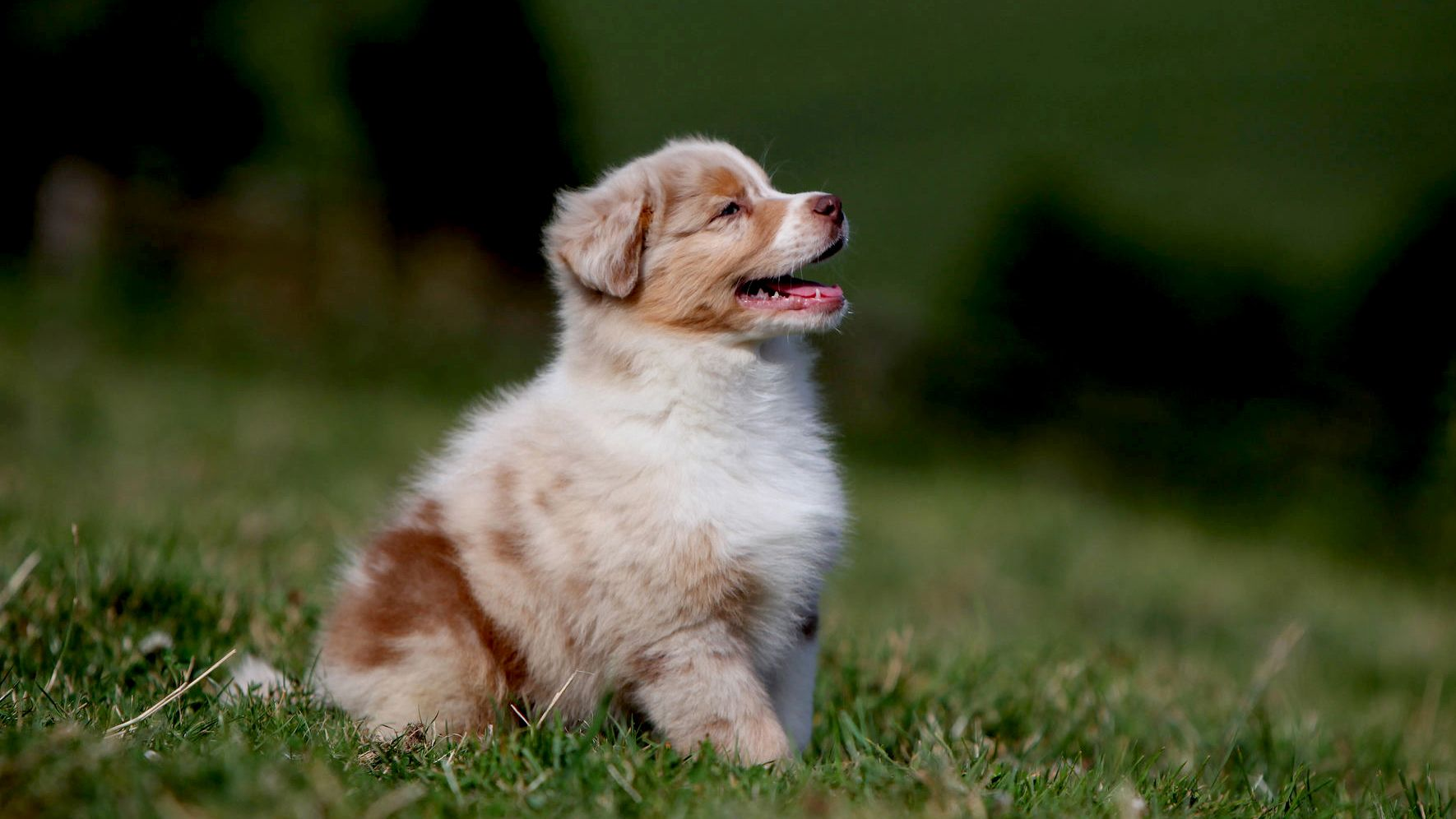
Get to know the Australian Shepherd
All you need to know about the breed
Three words best describe the Australian Shepherd: Extremely high energy. The breed is a delight, in appearance and in disposition. If your home has wide open fields or a large yard, you will have the pleasure of watching this breed blossom from puppyhood into a wonderful, carefree dog.
Know too that soon enough, the natural instincts of your Australian Shepherd will kick in. That means a need to herd, and if you don’t own sheep, it will be children, other pets, even you. Your Aussie means no harm: It’s merely his way of keeping everyone organised and carrying out their genetically ingrained duties. This is a taskmaster of a dog, most content when at work.
That said, make sure that exercise for your Australian Shepherd is daily and almost constant, whether he resides in the suburbs or the country. The breed is a superb family pet, a medium-sized dog with a bright face and tireless energy level. An equally active owner is best - marathoners welcome! Because of their deep roots in herding and ranch work, the Australian Shepherd is a staple in the American sport of rodeo. They excel at agility or obedience trials as well. Training for the Australian Shepherd is a cinch but strong discipline is key. Their incredible smarts are an asset on the job but they can be wiley if they want to. With an affinity for their owners, teaching your Australian Shepherd should be an enjoyable task in the end.
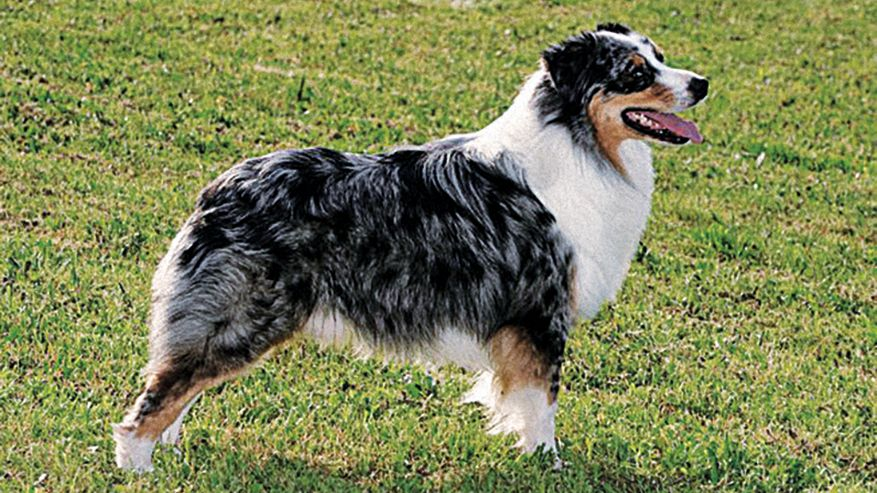
2 facts about Australian Shepherds
1. They. Must. Herd.
It cannot be overstated enough: this is a breed with an innate need to round things up. The Australian Shepherd dog has been highly bred over the years to work with livestock, so has developed a genetic desire to gather those in their midst - including children and other pets. As gentle dogs who are just doing their job, know they’ll comply with your wishes when they need to.
2. Lending a helping bark
Like all dogs, the Australian Shepherd barks but perhaps at times more than the average canine. It is, however, out of a sense of caring: The breed is a herding one from way back and feels the need to protect, sometimes fiercely, thus will “alert bark” if they perceive a threat in any way. With this kind of instinct, the Australian Shepherd makes a great family pet, for sure.
History of the breed
A truly international pedigree, the Australian Shepherd has benefitted from being bred in one country, named for another, and treasured in a third. The Australian Shepherd’s lineage spans several centuries, starting with their descent from herding breeds, namely Pyrenean Shepherds from the Basque region between France and Spain.
As wanderlust struck for the Basque people in the 1800s, they ventured to the faraway land and new continent of Australia. Sheep herding there necessitated a keen canine; the Australian Shepherd’s high intelligence fit perfectly. They were soon crossed with the Collie to sharpen the breed. Ever on the move, the Basques set out for new territory in California where the breed was embraced by cattle ranchers and named the Australian Shepherd after their supposed land of origin. The dog is now commonly seen on ranches, in rodeo, and used for search-and-rescue. The American Kennel Club recognised the breed in 1993.
From head to tail
Physical characteristics of Australian Shepherds
1.Ears
2.Head
3.Body
4.Tail
5.Coat
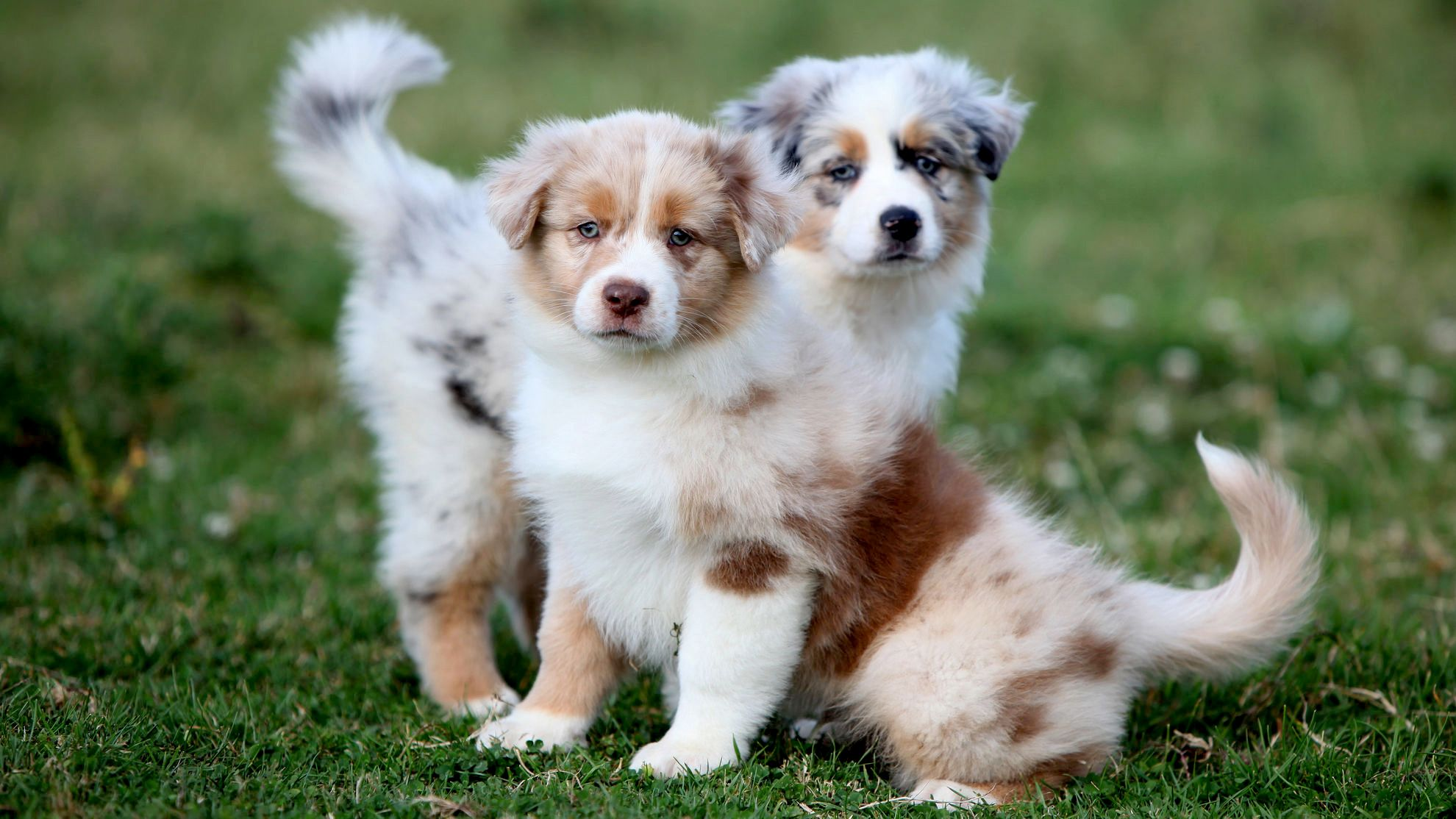
Things to look out for
From specific breed traits to a general health overview, here are some interesting facts about your Australian Shepherd
Out and about
As a working breed found out in the fields, the Australian Shepherd is exposed to factors beyond their control. As outdoor dogs, they need protection from harsh solar rays so get them used to vet-approved sunscreen from an early age. They can also easily pick up parasites - often called worms - whether indoors or out. It’s important to deworm your dog at least three times a year so that nothing becomes life-threatening; consult your veterinarian for a tailor-made schedule. To know, some deworming medications to treat parasites can be very harmful to the Australian Shepherd in particular. The breed carries a gene which makes them hypersensitive to some treatments. Testing can be done to find out your dog is a carrier.
Keep a watchful eye
The Australian Shepherd breed is known - literally - for being bright-eyed and bushy-tailed, but ironically, it’s those bright eyes that can at times be prone to certain eye defects, called in the dog world Inherited canine eye diseases. There are a few maladies that can sometimes occur, such as progressive retinal atrophy, Collie Eye Anomaly, and juvenile cataracts. Have your veterinarian run regular tests during your yearly checkups to keep your Australian Shepherd dog looking sharp.
Healthy diet, healthier dog
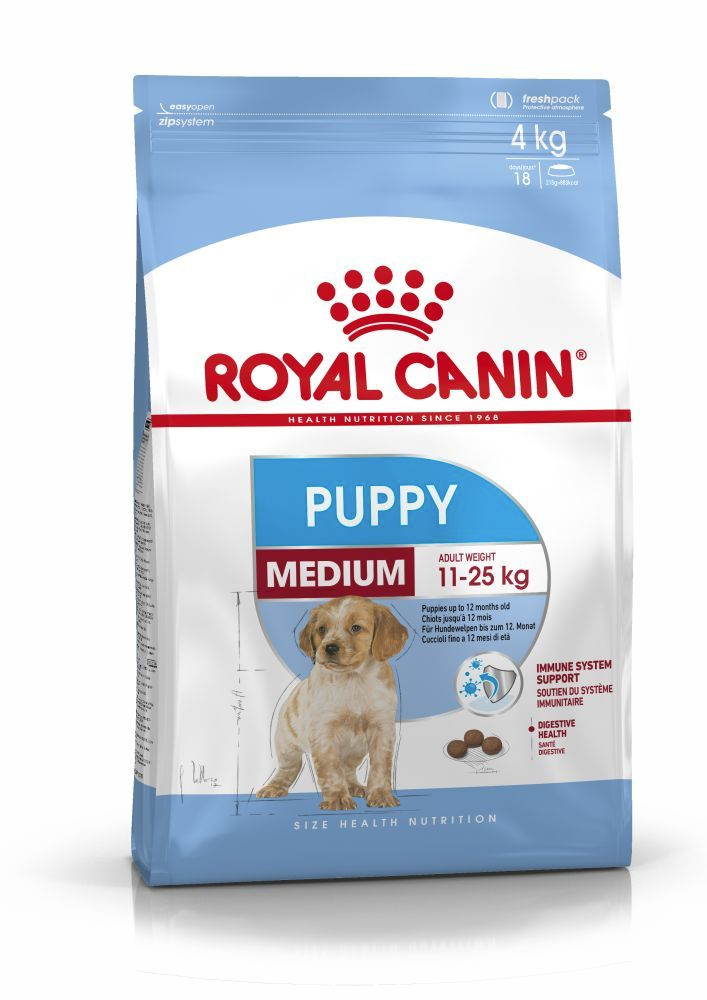
When choosing food for a Australian Shepherd, there are many factors to consider: their age, lifestyle, activity level, physiological condition, and health including potential sickness or sensitivities. Food provides energy to cover a dog’s vital functions, and a complete nutritional formula should contain an adjusted balance of nutrients to avoid any deficiency or excess in their diet, both of which could have adverse effects on the dog.
Clean and fresh water should be available at all times to support good urinary regularity. In hot weather and especially when out exercising, bring water along for your dog’s frequent water breaks.
Energy intake may also have to be adapted to the climatic conditions. A dog that lives outdoors in winter will have increased energy requirements.
The following recommendations are for healthy animals. If your dog has health problems, please consult your veterinarian who will prescribe an exclusively veterinary diet.
An Australian Shepherd puppy’s requirements, in terms of energy, protein, minerals, and vitamins, are much greater than those of an adult dog. They need energy and nutrients to maintain their body, but also to grow and build it. Until they are 12 months old, a Australian Shepherd puppy’s immune system develops gradually. A complex of antioxidants - including vitamin E - can help support their natural defences during this time of big changes, discoveries, and new encounters. Their digestive functions are different from an adult Australian Shepherd’s, too: their digestive system is not mature yet so it’s important to provide highly digestible proteins that will be effectively used. Prebiotics, such as fructo-oligosaccharides, support digestive health by helping balance the intestinal flora, resulting in good stool quality.
Similarly, a puppy’s teeth – starting with the milk teeth, or first teeth, then the permanent teeth – are an important factor that needs to be taken into account when choosing the size, shape, and texture of kibble. This short growth phase also means high energy needs, so the food must have a high energy content (expressed in Kcal/100g of food), while concentrations of all other nutrients will also be higher than normal in a specially formulated growth food. It is recommended to split the daily allowance into three meals until they are six months old, then to switch to two meals per day.
Throughout their life, it is important to avoid feeding Australian Shepherds human foods or fatty snacks. Instead, reward them with kibble taken from their daily meal allowance, and strictly follow the feeding guidelines written on the package in order to prevent excessive weight gain.
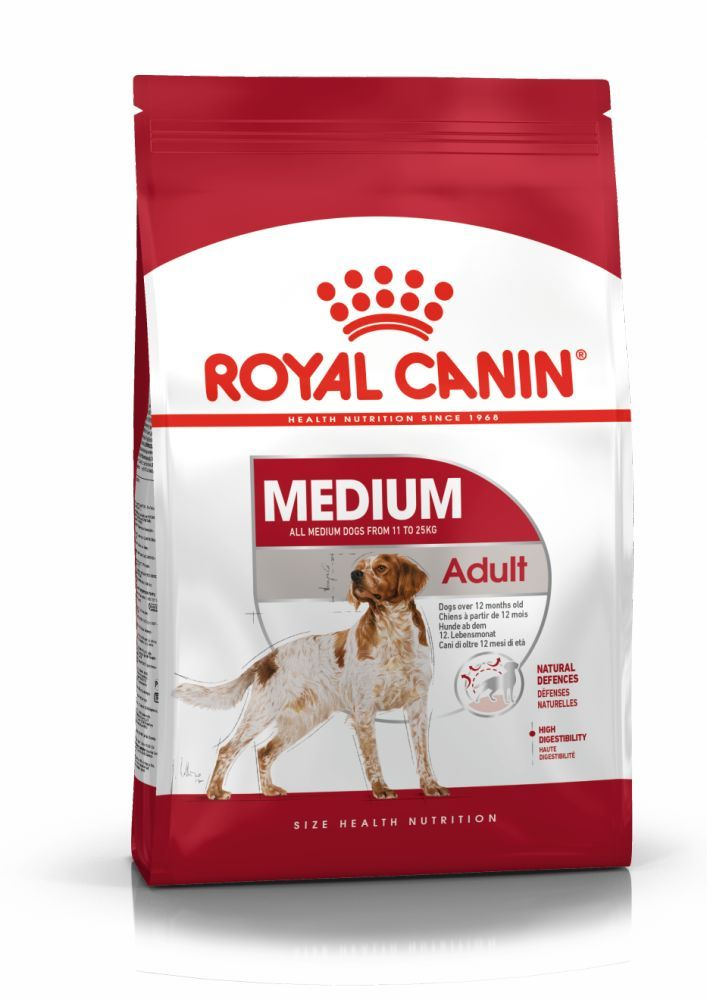
The main nutritional goals for adult Australian Shepherds are:
Maintaining an ideal body weight by using highly digestible ingredients and keeping the fat content at a sensible level
Promoting optimal digestibility with high quality protein and a balanced supply of dietary fibre
Helping to preserve the health and beauty of the skin and coat with the enriched addition of essential fatty acids (especially EPA-DHA), essential amino acids, and B vitamins.
To help support their natural defences, a formula enriched with an antioxidant complex and containing mannan-oligosaccharides is recommended.
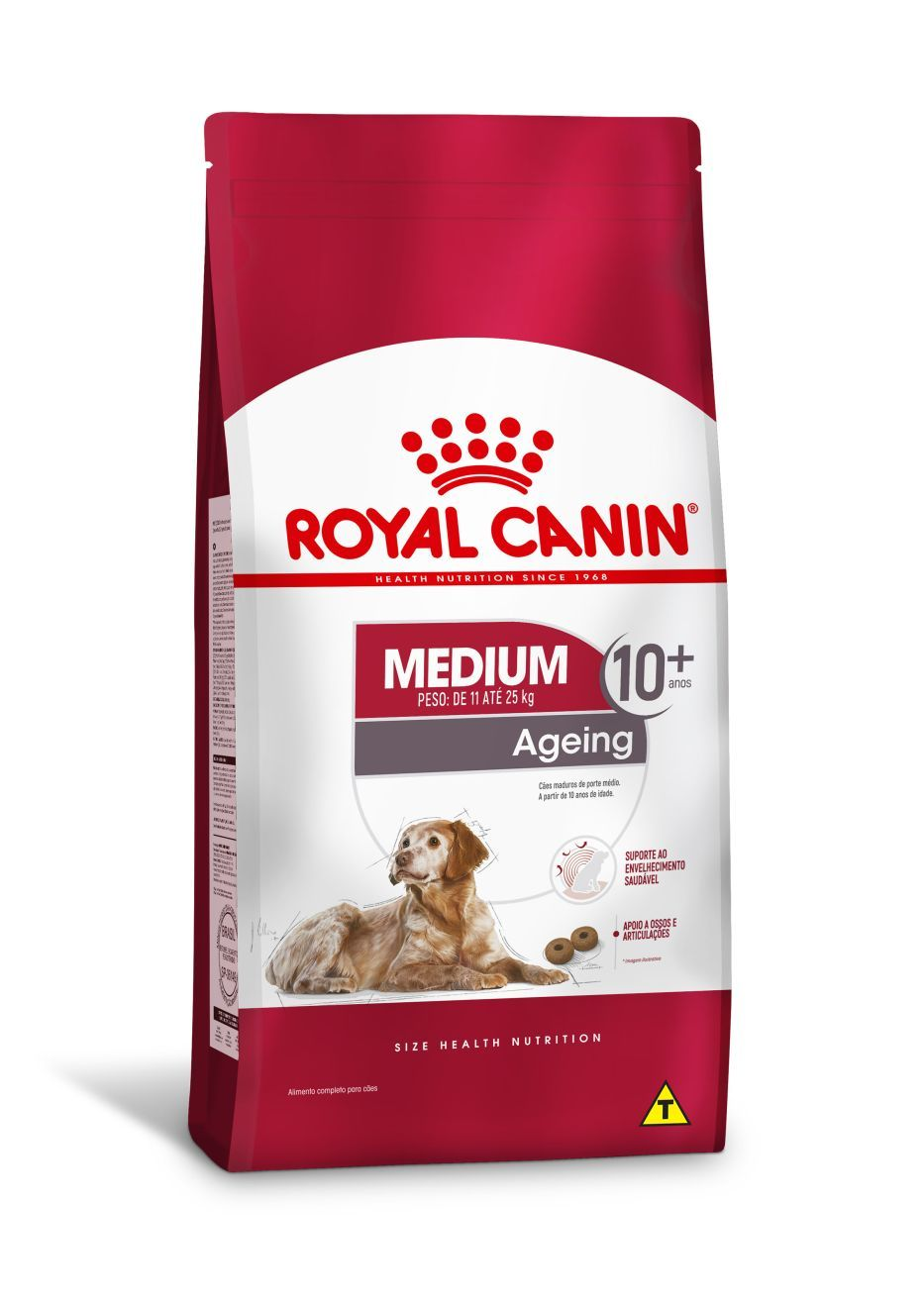
After 7 years old, Australian Shepherds start facing the first signs of ageing. A formula enriched with antioxidants will help maintain their vitality, and specific nutrients, such as chondroitin and glucosamine, will help maintain healthy bones and joints. Ageing is also accompanied by the modification of digestive capacities and particular nutritional requirements, so food for older Australian Shepherds should have the following characteristics:
Higher vitamin C and E content. These nutrients have antioxidant properties, helping to protect the body’s cells against the harmful effects of the oxidative stress linked to ageing.
High-quality protein. Contrary to a widely held misconception, lowering the protein content in food brings little benefit in limiting kidney failure. In addition, older dogs are less efficient at using dietary protein than younger dogs. Reducing the phosphorus content is a good way of slowing down the gradual deterioration of kidney function.
A higher proportion of the trace elements iron, zinc, and manganese to help maintain the good condition of the skin and coat.
A higher quantity of polyunsaturated fatty acids to help maintain the quality of the coat. Dogs can normally produce these fatty acids, but ageing can affect this physiological process.
As they age, dogs increasingly suffer from teeth problems. To ensure they continue to eat in sufficient quantities, the shape, size and hardness of their kibble needs to be tailored to their jaw.
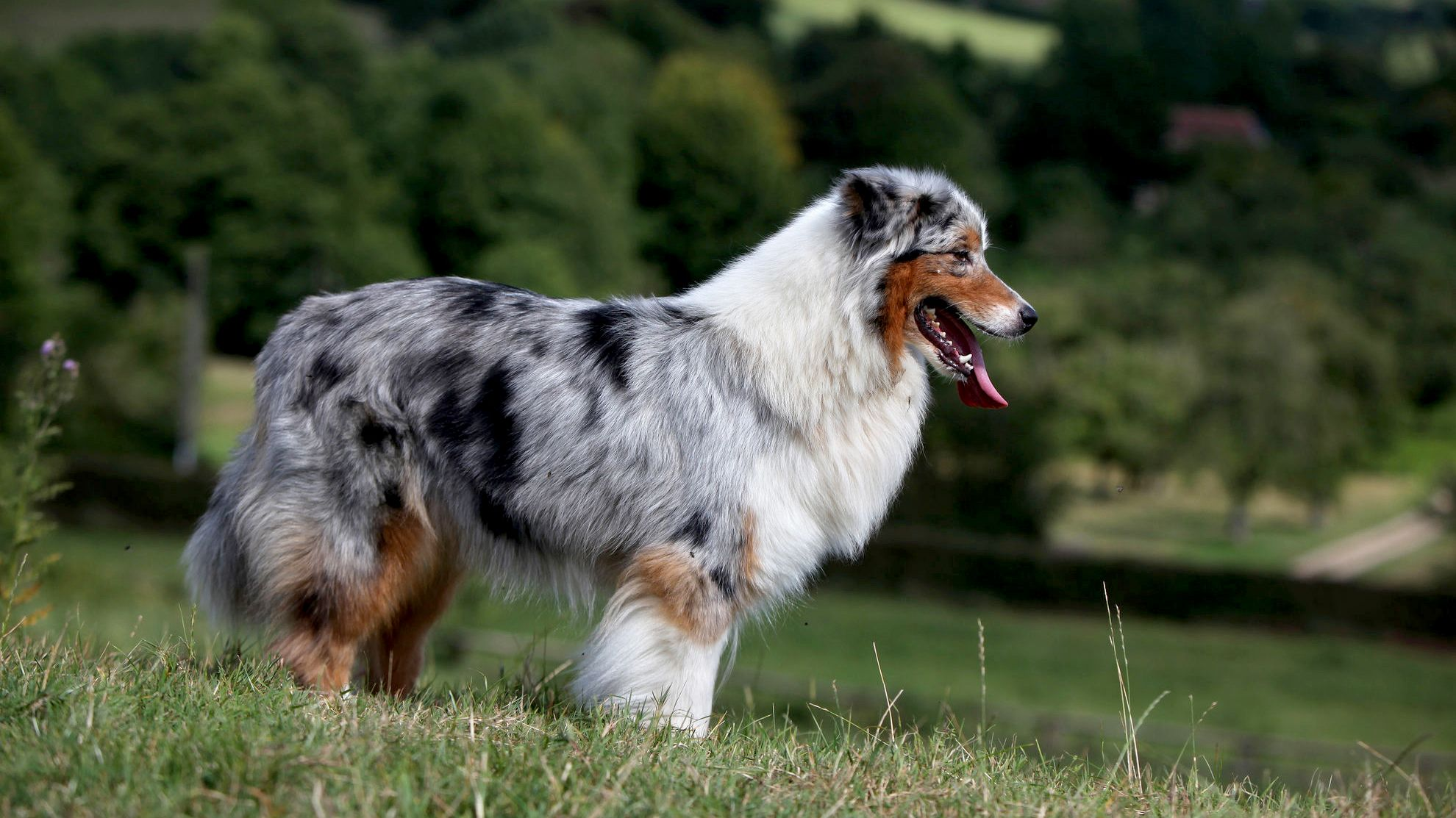
Caring for your Australian Shepherd
Grooming, training and exercise tips
7/7
All about Australian Shepherds
In a word, yes. As a family dog, the Australian Shepherd is top notch. They are very even-tempered, content among their humans, and always looking for something to do - which, as a herding breed, could include herding children and other pets! It’s something they do only to be helpful. A better domestic match would be hard to find!
The Australian Shepherd personality is upbeat and gregarious - and energetic. But when they’re not bounding through the fields, the breed is indeed very glad to cuddle up - preferably to a family member as they don’t always take to people they don’t know. Some Australian Shepherds are more cuddly than others, that independent streak kicking in more or less depending on the dog.
Suggested Breeds
Read more on this topic
Sources
- Veterinary Centers of America https://vcahospitals.com/;
- Royal Canin Dog Encyclopaedia. Ed 2010 and 2020
- Banfield Pet Hospital https://www.banfield.com/
- Royal Canin BHN Product Book
- American Kennel Club https://www.akc.org/
Like & share this page